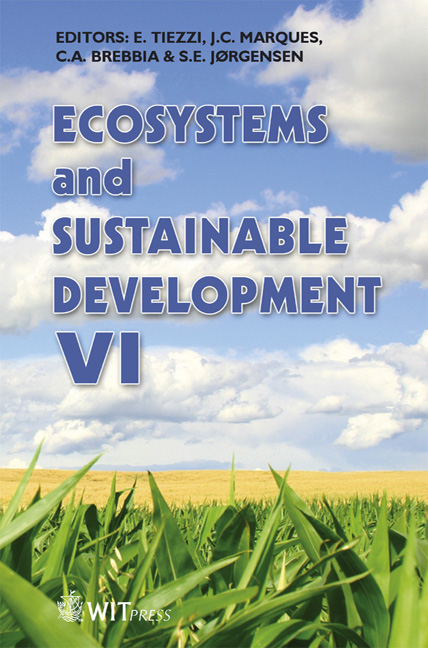The Armenian Forests: Threats To Conservation And Needs For Sustainable Management
Price
Free (open access)
Transaction
Volume
106
Pages
10
Published
2007
Size
659 kb
Paper DOI
10.2495/ECO070121
Copyright
WIT Press
Author(s)
R. Moreno-Sanchez, H. Sayadyan, R. Streeter & J. Rozelle
Abstract
In this paper we identify the characteristics of a sustainable forest management strategy and provide specific recommendations to move toward this goal in the forests in Armenia. To provide a context for these recommendations we present brief overviews of Armenian human and physical geography and the forests in the country. Also, we highlight how several crucial issues in the forestry sector have remained unchanged from the Soviet era to the independent period and the implications of this lack of change for the evolution and current state of forests in the country. Keywords: Armenia, forests, sustainable management, Caucasian region. 1 Introduction The forests of the Caucasian region are a hot spot of biodiversity and they contain a large number of endemic plant and animal species [1]. In this drysubtropical region, forests also play a major role in preserving favourable environmental conditions for sustainable development. This is particularly true in small countries like Armenia. The 1988-1994 war with neighboring Azerbaijan and the great social, political and economic changes that have occurred since the country gained independence at the time of the collapse of the United Soviet Socialist Republics (USSR) in 1991 have created tremendous pressures on the Armenian forests [2]. Ongoing developments and policies continue to threaten the quality and extent of Armenian forests [2, 3].
Keywords
Armenia, forests, sustainable management, Caucasian region.





